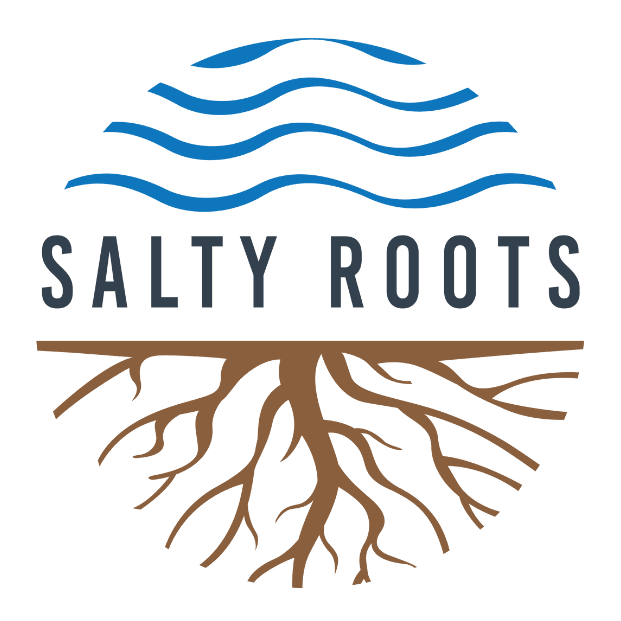Feeding Farm by-products to Livestock Could Boost Our Food Supply

Posted on September 19, 2022.
Feeding livestock and farmed fish agricultural waste and other food system by-products could substantially increase food available for humans without using up more land for farming.
With the human population projected to reach 9.7 billion by 2050, producing more food without using more land is urgently needed to reduce the environmental footprint of the global food system, says Matti Kummu at Aalto University in Finland. As much as 40 per cent of arable land is used to grow food for animal feed; more than 20 per cent of all farmed or captured fish go to feed other fish and livestock.
“We could direct these resources to humans instead of cycling them through animals,” says Kummu. “It’s a very inefficient way of producing food.”
Kummu and his colleagues wanted to know how much food could be made available to people by feeding livestock and fish more by-products of the food system, like grain left over from brewing beer and blood meal from meat processing, as well as plant material left over after harvest. To find out, the researchers analysed international data on agricultural outputs and usage, and the nutritional requirements of livestock and farmed fish.
About 15 per cent of the grains, fish and other foods now given to livestock and farmed fish would be suitable for human consumption. Farmers use this high-quality feed because it reliably leads to optimal growth in livestock, says Hannah van Zanten at Wageningen University in the Netherlands.
The researchers found that around 12 per cent of this high-quality feed could be replaced with food system by-products without affecting productivity. Incorporating crop leftovers could replace 27 per cent of high-quality feed, but because the food would be less nutritious – including things like corn stalks instead of corn kernels, for instance – it could reduce beef and dairy production by as much as 80 per cent. “It’s like us eating lettuce all day,” says van Zanten.
Without farming any additional land, the first scenario would increase the total amount of calories available for human consumption by around 6 per cent, and the amount of protein specifically by 9 per cent. Replacing 27 per cent of high-quality feed would increase available calories by around 13 per cent and protein by 15 per cent, even with reduced beef and dairy production.
Van Zanten, who wasn’t involved with the work, says this is a clear solution, but thinks it would be even better if farmed animals’ diets didn’t include food that would be suitable for humans.
She says people eating less meat would also help by reducing the amount of animal feed we need to produce. Feeding livestock food waste could also replace even more animal feed, though food safety and animal welfare concerns need to be taken into account and it is difficult to predict how these changes in diet would affect the productivity of livestock bred on optimal feed, she says.
Source: News Scientist
Contact Us
Leave a Message
To find out more about Salty Roots Farm, please leave a message. We'll get back to you as soon as possible!
